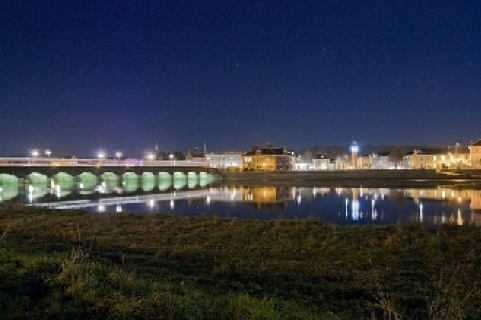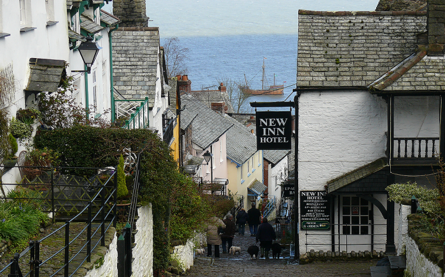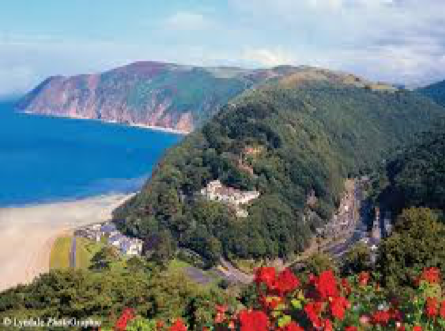You are here > Discover North Devon > Itineraries > North Devon Mayflower Celebration Itinerary
To provide you with the best experience, cookies are used on this site. Find out more here.

To provide you with the best experience, cookies are used on this site. Find out more here.

Explore North Devon
Stay
What's On in North Devon

Welcome to the Itinerary Planner. Use this tool to build your own journey or choose from an exciting range of specially selected tours.
To build your own Itinerary, click  to add an item to your Itinerary basket.
to add an item to your Itinerary basket.

You are here > Discover North Devon > Itineraries > North Devon Mayflower Celebration Itinerary
Whilst North Devon can’t boast direct links to the Mayflower expedition that lead to the colonization of the Americas. We thought you might like to experience an area of Devon that existed at or before the Mayflower setting off on its historic journey.

A walking tour of the historic market town of Barnstaple holds a fascinating glimpse into the life of people living in Devon when the Mayflower set sail.
The Long bridge in the town is a great place to start as it originates from the 13th Century and used to have a rail bridge on its left as you walk across towards the town.
As you come over the bridge, on the right, you will see what was St Ann’s Chapel an old grammar School, which is now the museum of Barnstaple and surrounding area. This is well worth a visit as it holds so many stories and accounts from bye gone eras
To the left of the bridge is Queen Anne's Walk, on the south front. Immediately left of the building is the River Taw. Before being filled-in, the large sunken rectangular paved area in front was Barnstaple Quay at which merchant ships loaded and unloaded.
After some lunch have a wonder into the parks and towards the Penrose Almshouses in Litchdon street. Originally there were 20 dwellings, each housing 2 people of the same sex and date back to 1627.
Then lastly down to the Guildhall in the centre of the town passing the indoor market.

Take a tour of Clovelly Village, this village’s existence was not even known about until the 1950 outside the locals as it sits in a 400 foot cliff overlooking the entrance to the Bristol Channel and the Isle of Lundy. Its location is fascinating as it is completely protected from major storms and has a small 14th century harbour that this fishing village still uses to this day.
It is like stepping back in time walking down the main street, completely devoid of cars. The village hasn’t changed for the last 400 years and has in fact been in one family’s ownership in all this time. It remains a working fishing village and id one of only two villages that still make their own lobster pots.
The museums are a must as are the small multi denominational houses of worship. There are lots of places to eat, some amazing sites and walks that are post card perfect photographic opportunities.
if you wish to experience the village fully we would suggest booking into one of the 4-star Inns in the village for the night. You shouldn’t miss the Gardens at Clovelly court and if you have time take a drive (10 minutes to Heartland Abby) a 12th century monastery.

Ilfracombe to Minehead.
This part of North Devon hasn’t really changed much since the 16th Century as part of it is protected as a national park, Woolacombe is well work a short diversion on the way to Ilfracombe.
The town and harbour of Ilfracombe boast a very rich history dating back to the Doomsday book of 1086.
Driving along the coast you will come across some amazing untouched villages Lynmouth and Lynton being two of the most famous.
On your way along this coast you must drop into a few of the very old hostelries as many dates back to the 14th and 15th Century.
Contact for further details
01271 555 321
Email: marketing@visitnorthdevon.com
© Visit Devon Community Interest Company